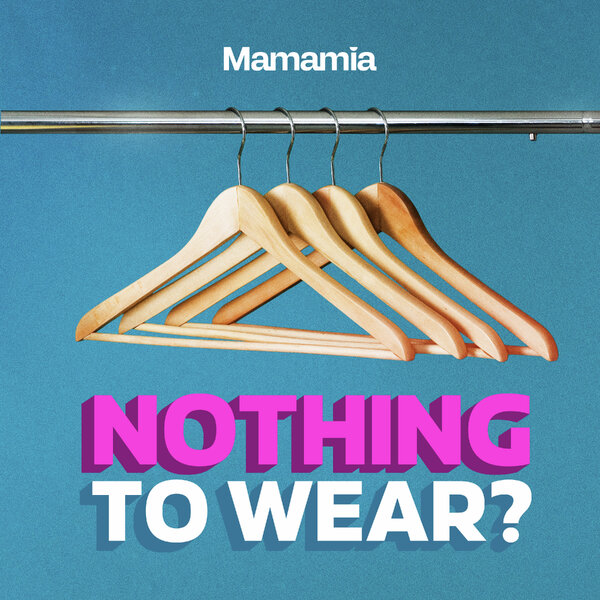By Meg Smith, University of Western Sydney
Recently released earnings data from the Workplace Gender Equality Agency (WGEA) indicated a gender pay gap as high as 45% among managers. Yet basic myths continue to obstruct informed debate about why the gap exists.
Myth 1: Women are less qualified due to interrupted careers.
This myth has been debunked by a wide range of labour market studies which investigate whether women receive the same labour market rewards as men with similar qualifications, experience and personal characteristics.
Both in Australia and internationally, such studies consistently show that only a small proportion of the earnings differences between women and men can be explained by differences in education and work experience or other productivity related characteristics.
Keep reading: Why you should immediately find the nearest bloke and ask him for $298.10.
While it has been assumed that women’s poorer earnings relate to their lower levels of education and qualifications, recent data demonstrates clearly that the earnings gap has persisted despite women’s increased entry into higher education.
Today a higher proportion of women (26%) than men (22%) hold a Bachelor Degree or higher qualification, while a higher proportion of women (42%) than men (36%) are currently engaged in undergraduate education.
Grading earnings data indicates also that the gender earnings gap cannot be simply equated to women choosing to have children. Relevant here is the evidence of a persistent gender pay gap among graduates in their 20s, a period that predates career interruptions due to childcare.





























































































